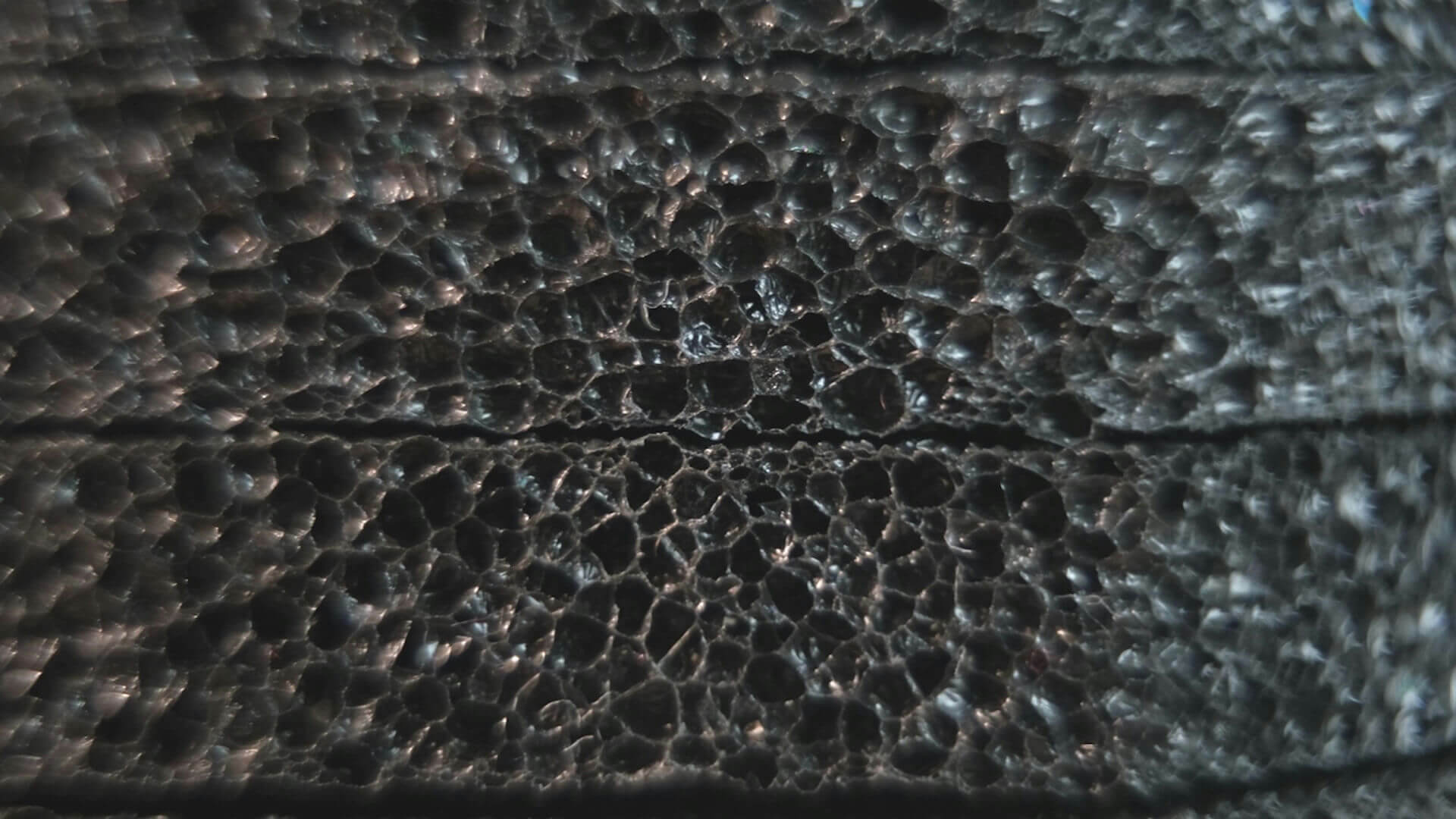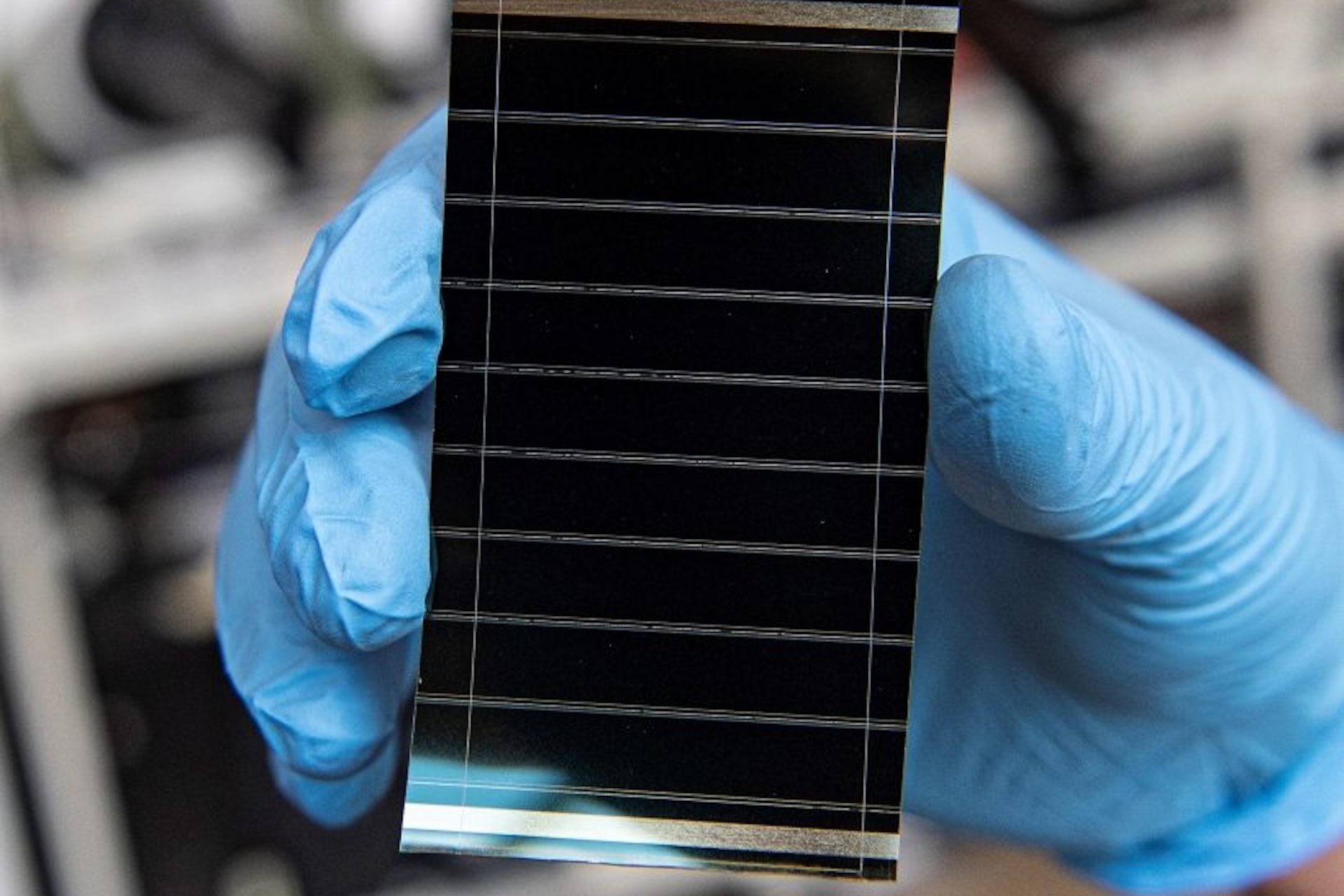Harnessing the sun's power for energy has been a constant goal, especially with the growth of renewable energy. Although solar panels work fairly well currently, researchers have been developing solar technology to make them more efficient and reliable.
"Defect pacifying"

Solar panels could be two to four times cheaper in the future, thanks to a recent discovery at the University of Michigan. A mineral called perovskite has incredible light absorption qualities and is relatively inexpensive — perfect for solar panel use.
In its natural state, perovskite degrades very quickly, so researchers have attempted to find ways to make it more durable and longer-lasting. In their research, they found that "defect pacifying" (adding various molecules to the perovskite cells) affects its hardiness and can make it more stable.
Flexible solar cells

Australian government agency Commonwealth Scientific and Industrial Research Organisation is revolutionizing solar cells to make them thin and flexible, resembling reels of photographic film. This opens up the versatility of solar power, allowing cells to be put on uneven surfaces of buildings, vehicles, and even clothing.
Experts are working on how to scale up production without sacrificing efficiency. Regular solar panels have an average efficiency rate of 15%-20%, with small versions of the CSIRO flexible panels reaching that rate but larger versions only having around 11% efficiency.
"Rubber-like" sun-catcher

Another flexible solar cell being developed in South Korea has rubber-like qualities, making it a great candidate for clothing or wearable technology. This new discovery is the world's best-performing stretchable solar cell made from organic materials.
The cells are able to maintain an electrical efficiency of 19% while also being stretched up to 40% during operation through the use of an organic polymer. The U.S. Department of Energy supports the use of organic polymers in solar energy advancement because of their abundance and low production costs.
Tandem solar cell

Current solar panels use single-junction (single-layer) solar cells, but a new study shows tandem (dual-layer) solar cells having promising results. The top layer of the cell is made of perovskite, and the bottom layer is made of a more novel substance called antimony selenide, a light-absorbing material.
Similar types of tandem solar cells have been in testing since 2009, when they started at 3% efficiency but have now reached up to 25% efficiency. The technology is still in development, but researchers plan on testing different materials for the bottom layer to improve tandem solar cells.
Adapting solar panels

While other scientists work on discovering new ways to make solar cells more efficient, a group of researchers from the Cavendish Laboratory at Cambridge and the Amsterdam-based AMOLF found that they could improve solar panel efficiency by designing them to fit their surroundings better.
The idea is to make solar panels flex, fold, or make them semitransparent to better fit in or blend into their surroundings.
Though advancing solar cell technology is important to furthering the capabilities of solar panels, the study's authors believe that simply making current solar panels work better by adapting them will increase their utility worldwide.
Join our free newsletter for weekly updates on the latest innovations improving our lives and shaping our future, and don't miss this cool list of easy ways to help yourself while helping the planet.









